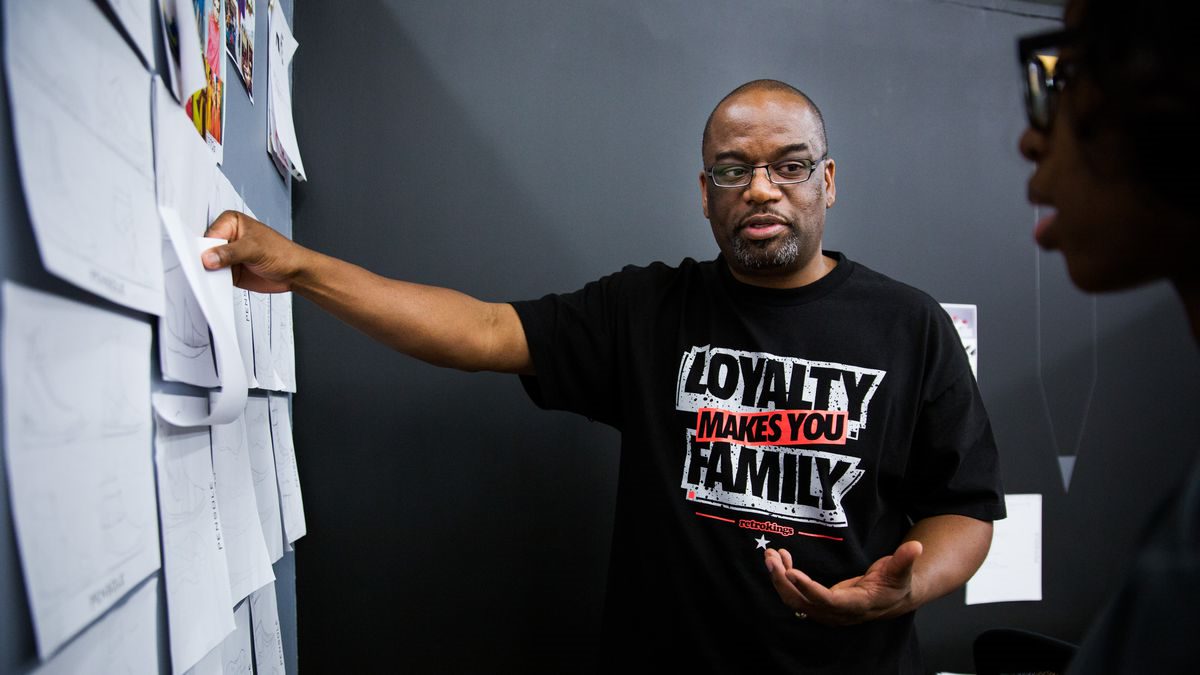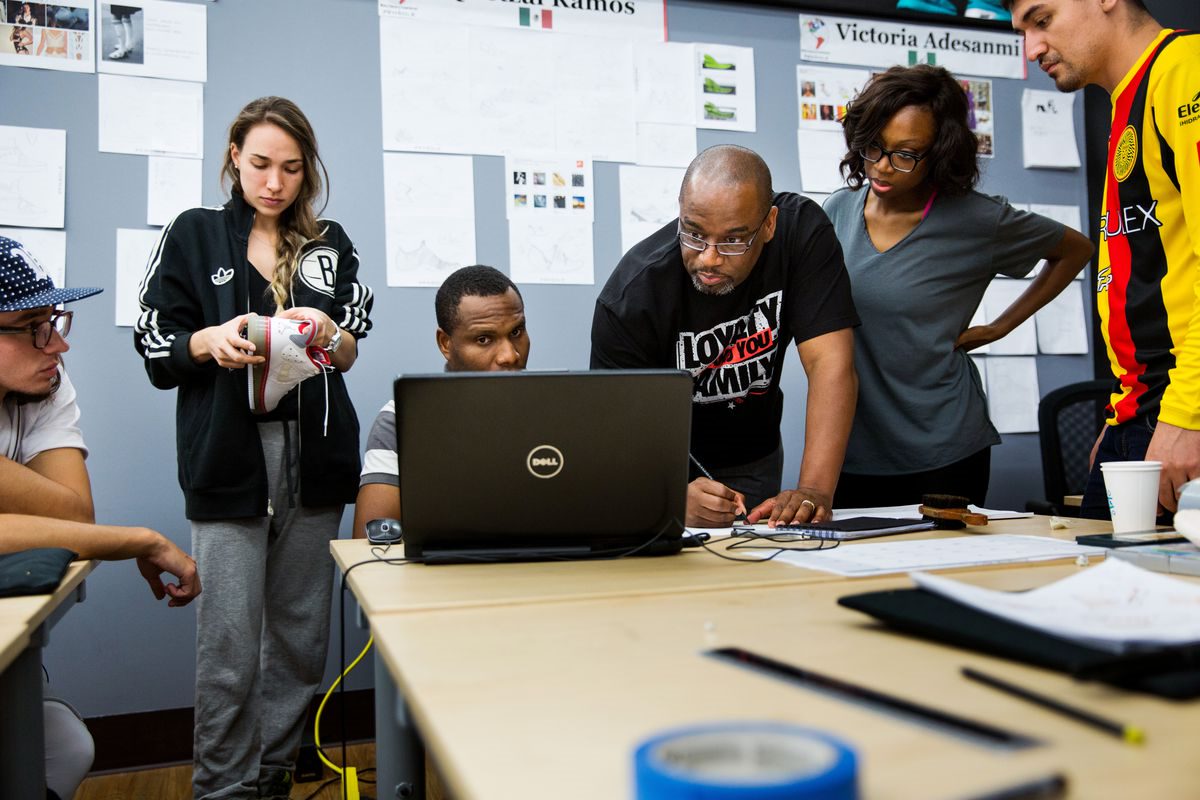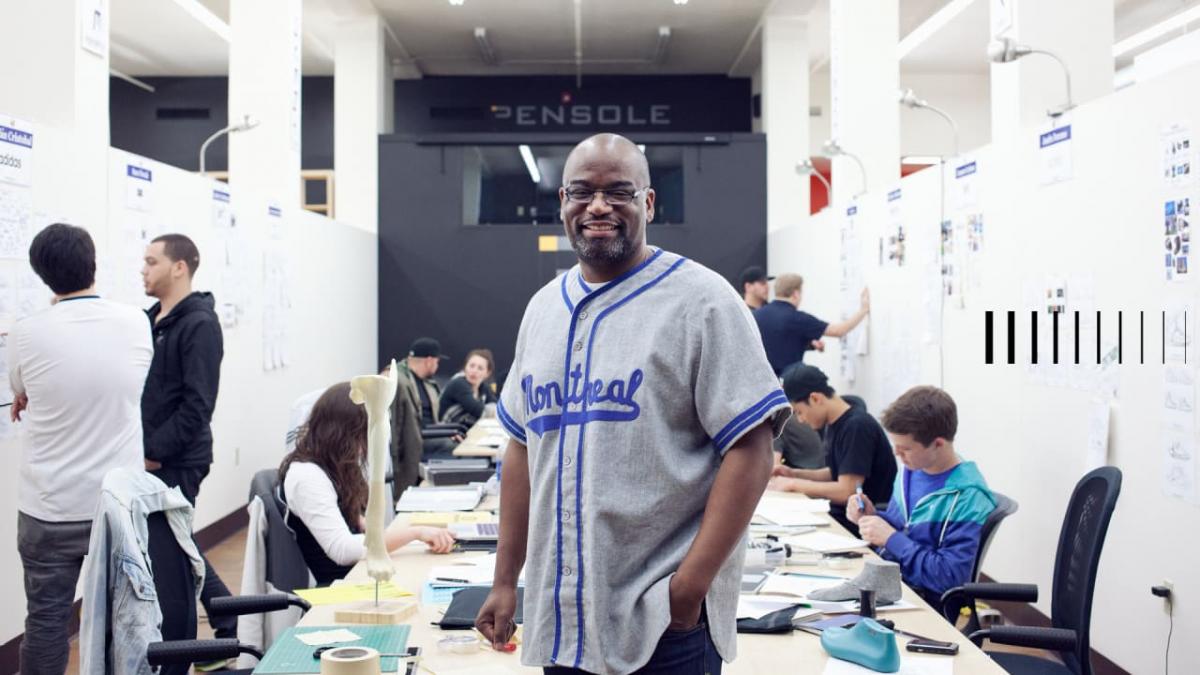I had a much longer list, but I shortened it to nine to give you a few things to “try.” I say “try” because that is what most schools say they are doing when it comes to diversity but actually aren’t.
I challenge you to tell your boss I “tried” to do my job today, or yesterday, or last month, or last year but was just not successful. How long do you think you will have that job? If “trying” is not acceptable in any other parts of your job, then why is it acceptable around the topic of diversity?
For those who know me, I am a straightforward guy. I will give you real things to think about, and this topic is no different. Being Black is not an “option.” For the majority of you reading this, you have the “option” to “opt into” our world when you want, which is why “trying” is acceptable.
These nine points are written through the lens of “what if you” didn’t have an “option.”
1. What if you connected salaries to performance?
I am willing to bet that none of you reading this, or any president, provost, vice president, or department chair, have your salary tied to how well your school performs against the diversity goals it “tries” to achieve annually. It is the #1 reason why the plans have not been as successful as they can be. Today, there are no consequences for failing to implement your plans, which is ironic considering your school hands out grades as a consequence for an agreed-upon action you have made with your students; yet you have not done the same for your students or, more importantly, the parents of those students who trust you with their children.
2. What if you highlight your Black alumni?
Assuming your school has Black alumni, a simple action is to show them appreciation every month, not just in February. Create a section on your school’s website that highlights the achievements of your Black students and alumni. Therefore, when your recruiters go out to speak to new students, they can show off the diversity in your school so potential Black students can feel they belong. It will also help your school to be seen as more diverse through the lens of corporations that are looking to support your school. One of the biggest challenges Black students face when attending a school that is not a Historically Black College or University (HBCU) is that they are still the minority and spend more time searching for belonging rather than understanding they are there to receive a great education and to inspire the next generation.

3. What if you had more Black faculty, speakers, and staff?
Having some Black faculty and staff is an “option.” Conduct an audit of your school to see what your diversity numbers are as they pertain to the daily life of your students and staff. If diversity is as important to you as eating, you will be successful. No more excuses. Diversity needs to be woven into who you are and how you run a business—and yes, a school is a business. “Try” to have regular Black guest critics, lecturers, and speakers. This is not just for the Black students and staff; it is for everyone so they will realize that the industry of design is more diverse than what your school is showing them.
4. What if you taught Black design education?
Take a hard look at your curriculum to see if you have woven Black designers, inventors, engineers, and products designed by Black creatives into the way you teach. “Try” to make your class assignments, subjects, and lectures more diverse and you will discover amazing Black creatives that all students will learn about. This is not just Black History, it is American History.
5. What if you conducted a Black student census?
Keep track of your Black students from the time they are first-years through the rest of their career at your school. Corporations are looking for diverse talent. If your school has a database of alumni, your school will be remembered first when those corporations look to support schools. “Try” to keep in touch with those that drop out, because they came to your school for a reason. If there are ways to nurture talent—not just while they are still in school, but nurture them back to school—it would change a person’s life.

6. What if you supported peer-to-peer mentoring for a grade?
When a Black student becomes a sophomore, they would be assigned a Black first-year student to mentor and the cycle would continue until each student graduates. This is the easiest form of creating fellowship, guidance, trust, growth, and sharing of knowledge that all students need. If this was instituted as a mandatory credit, you would see an increase in a sense of belonging, confidence, retention, and maybe even enrollment of Black students at your school.
7. What if you created a Black IDSA student chapter?
My intention is not to divide. It is to create unity for the small population of Black students in design education. With a renewed interest in diversity in corporate America, companies are finding it difficult to quickly identify diverse students for targeted opportunities. Having a Black student IDSA chapter would not only help companies connect with Black students but also increase the opportunities available to them and the schools themselves.
(Editor’s note: At IDSA, planning is already underway for goals 7 and 8 on this list with IDSA’s Diversity, Equity, and Inclusion Council. Want to get involved? Email [email protected])
8. What if you partnered with an HBCU?
If you are a design school in the same state as an HBCU, you should consider partnering with them to create a sister school program. I have always admired the European sister school system and have felt that U.S. students would receive a better design education with such an experience. HBCU’s have some of the brightest minds in our country, but do not have the same access to design education. This action would not only increase your school’s Black student body, but it would increase funding from corporations.
9. What if you hired a diversity and inclusion person at your school and gave them the budget and authority to do what you hired them to do? NO MORE EXCUSES!
Any school that wants to get serious about the future of your Black students, contact me. I can provide opportunities for them to partner with you. Lastly, please stop “trying” and DO!
— D’Wayne Edwards
[email protected]
Dr. D’Wayne Edwards is the founder of PENSOLE Academy, the first academy in the U.S. dedicated to footwear design. Through its industry partnerships, the school has placed more than 475 alumni in positions working for some of today’s top footwear brands. In 2020, D’Wyane received IDSA’s Special Achievement Award.
Images via D’Wayne Edwards and PENSOLE Academy

Winter 2020
Article:
Author:
Dr. D’Wayne Edwards

